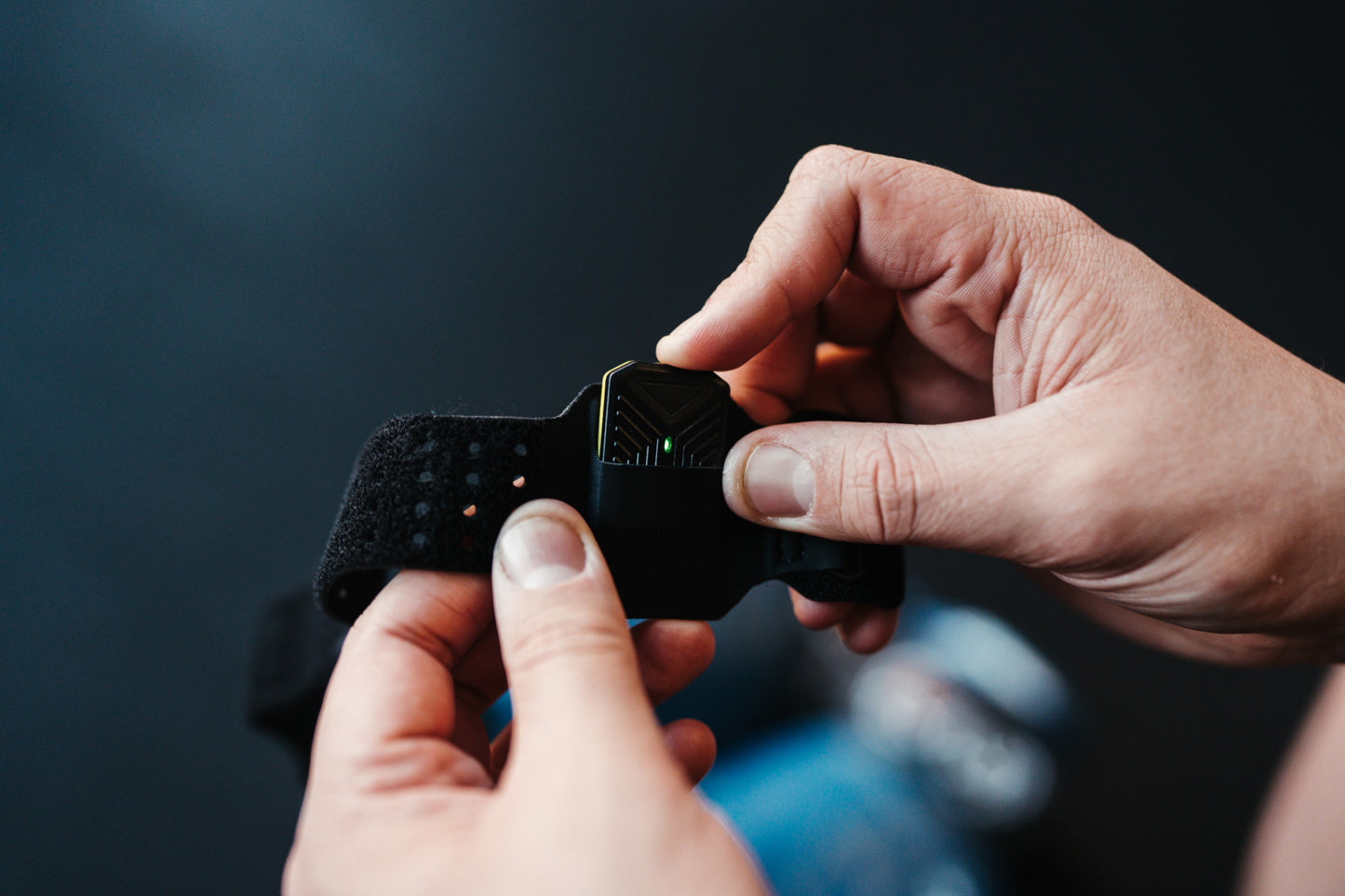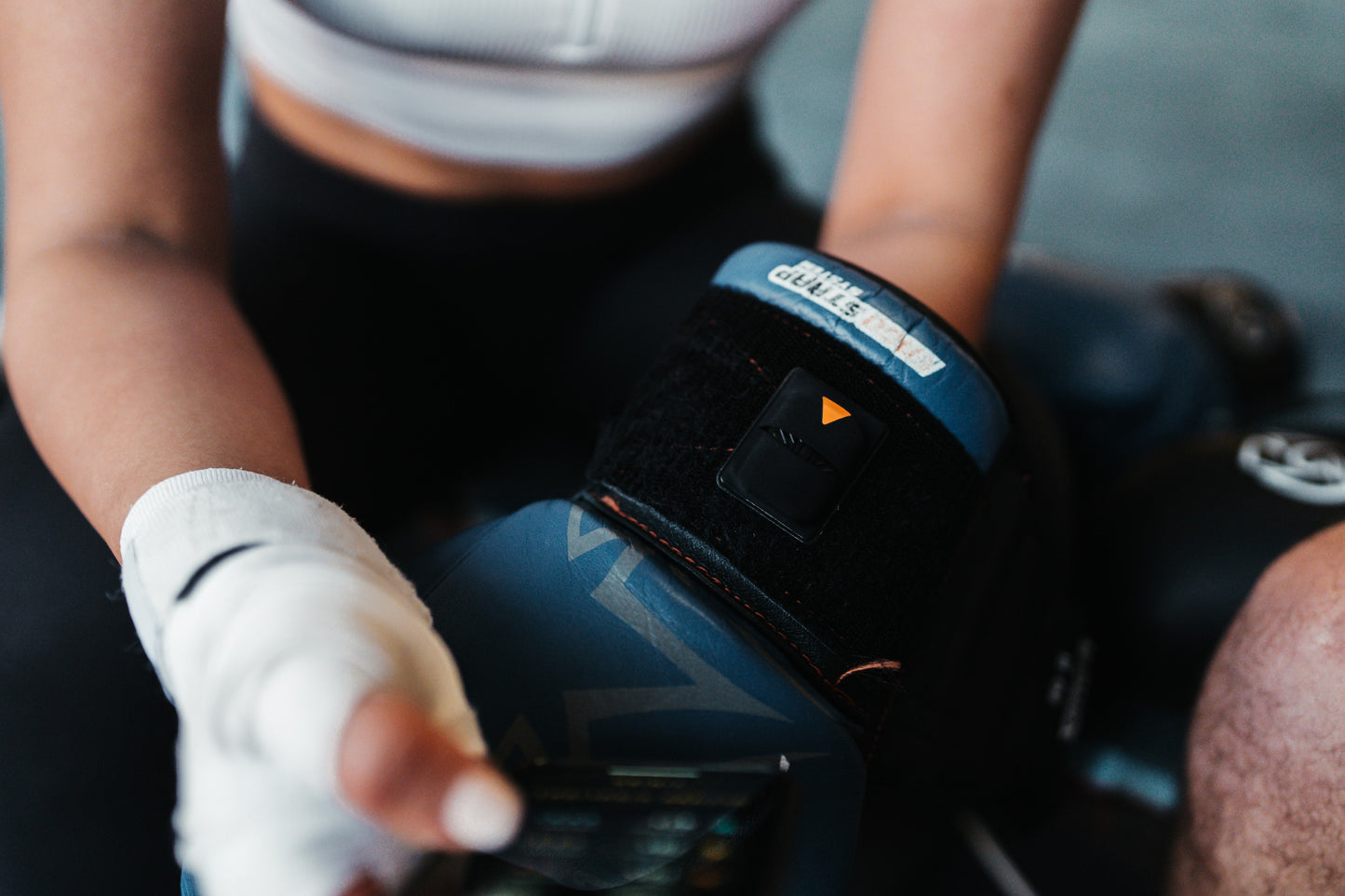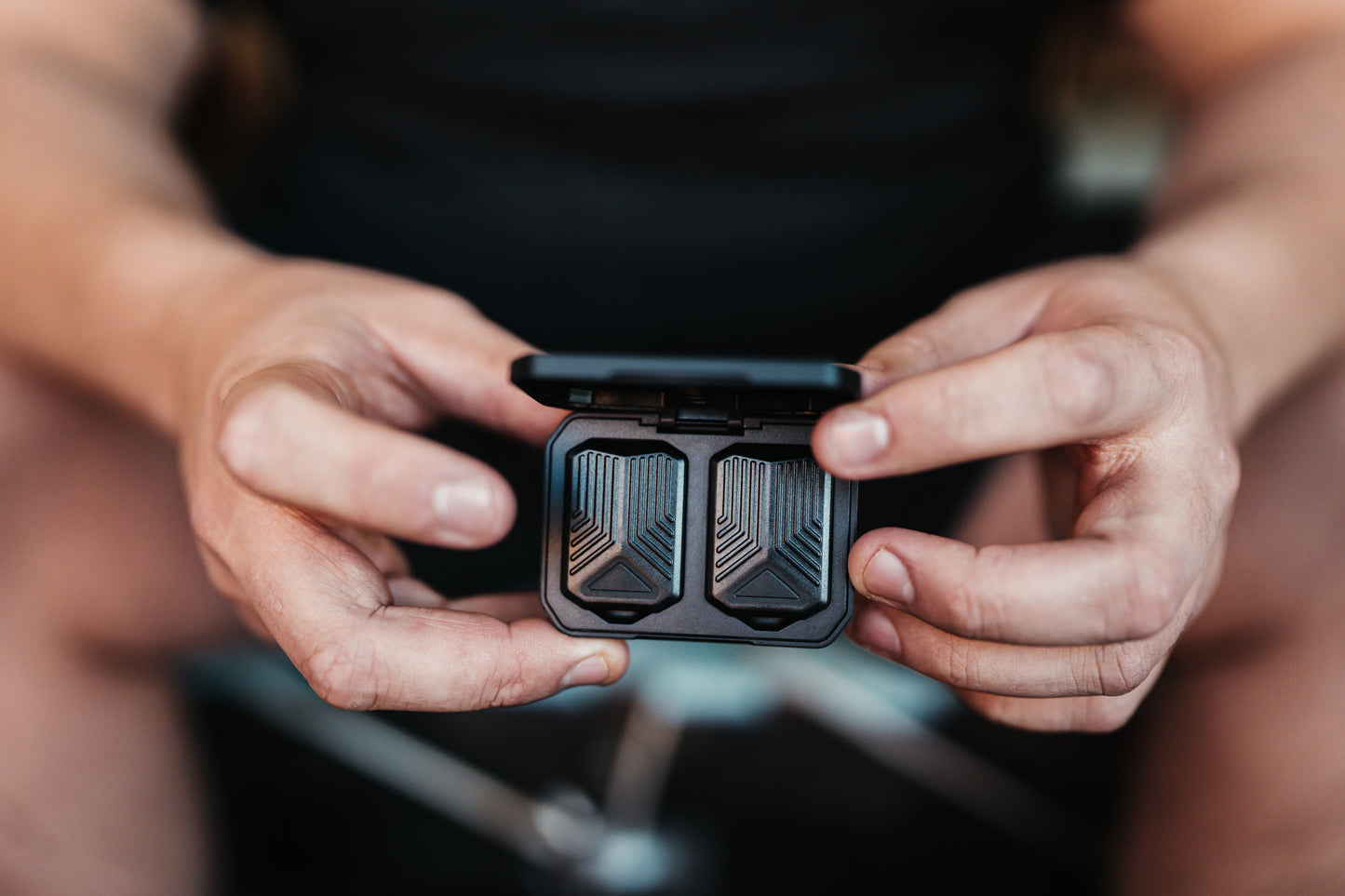The Significance of Defense in Boxing
While landing powerful punches is essential, a boxer's ability to defend effectively can be just as pivotal to their success. Here's why mastering defensive skills is critical:
-
Preserve Energy: Effective defense minimizes the number of punches you absorb, allowing you to maintain your energy and endurance throughout the fight.
-
Counter Opportunities: Proper defense opens up opportunities for counterattacking. Dodging an opponent's punch creates openings for you to strike back with precision.
-
Reduce Injury Risk: Defensive techniques reduce the risk of sustaining unnecessary injuries, ensuring your longevity in the sport.
Head Movement: The Art of Eluding Punches
Head movement is a fundamental aspect of boxing defense, as it allows you to evade punches while maintaining an advantageous position. Here are some key components of effective head movement:
-
Slipping: Slipping involves moving your head to the outside of an incoming punch. Practice slipping left or right to avoid straight punches and hooks.
-
Ducking: Ducking is a technique where you bend your knees and lower your head to evade high punches, such as overhand rights.

-
Bobbing and Weaving: Bobbing involves moving your head in a circular motion to avoid punches, while weaving involves a combination of head and upper body movement to slip punches.
-
Parrying and Blocking: Effective head movement also includes parrying (redirecting an opponent's punch away) and blocking (using your arms to shield your head).
Developing Defensive Skills
Now, let's explore how you can enhance your defensive skills and head movement:
-
Practice Makes Perfect: Dedicate time to shadowboxing, focusing solely on your defensive movements. Visualize your opponent's punches and work on slipping, ducking, and weaving.
-
Partner Drills: Work with a training partner or coach to practice defensive drills. They can throw controlled punches, and you can work on evading and countering.
-
Maintain Stance: Remember to maintain your boxing stance while moving your head. Avoid leaning too far forward or backward, as it can compromise your balance.
-
Reaction Drills: Enhance your reflexes by engaging in reaction drills. Have a partner throw random punches, and practice your defensive responses.
-
Film Study: Analyze professional boxers known for their defensive prowess. Study their techniques and incorporate them into your own training.
Conclusion
By honing your defensive skills and mastering the art of head movement, you can become a more well-rounded and elusive fighter, the likes of Sugar Ray Leonard. Remember that a strong defense not only keeps you safe but also sets the stage for effective counterattacks. Embrace the journey of improving your defensive skills, and watch as your boxing game reaches new heights of success in and out of the ring.
Follow us and let us know what you think on Instagram @powaboxing














